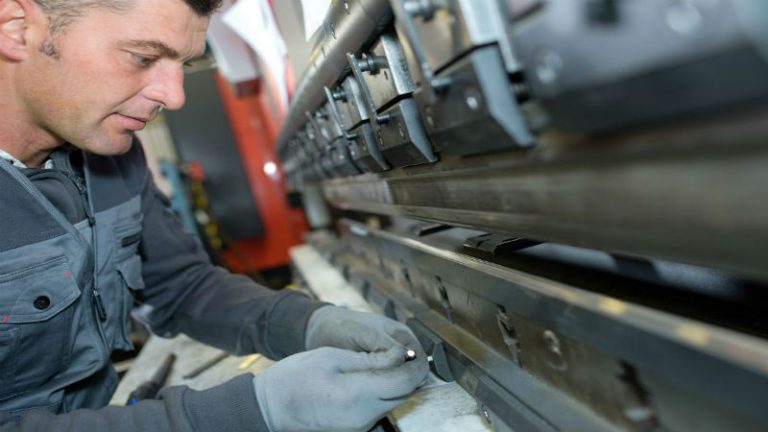Steel is becoming an increasingly important material of choice in many types of buildings, equipment, and industries. Steel is not only extremely strong, but it can be treated to offer high levels of corrosion resistance and an extended life cycle.
Steel is durable and outlasts many other types of building materials, and it is also resistant to rot, fire, and typically industrial application temperature ranges. Steel is also a component in LEED building and construction as it can be recycled, eliminating waste.
In all of these types of applications, from building materials to parts and components used in the petrochemical and production industries, the use of heavy steel plate is essential. Finding companies to work on heavy steel plate fabrication processes allows the OEM to outsource this aspect of production to specialized companies with the equipment and the expertise to create the parts and components required.
Options in Heavy Steel Plate Fabrication
One of the most common processes used in heavy steel plate fabrication is press brake forming. This uses a special machine that provides a specific amount of pressure to bend or form the steel plate along angles. The pressure on these types of systems can be as much as 750 tons, and it can be applied to a steel plate of various lengths based on the specific press brake in use.
The other common type of steel plate fabrication is plate and sheet rolling. This type of equipment cold works the plate to create precision thicknesses that are extremely flat and straight. This rolled plate can then be further structurally rolled to create pipe, tube, channel, and angle shapes as needed.
This type of work does require specialized equipment for both the actual fabrication of the sheet metal, but also for the handling of the raw material as well as the finished parts.


